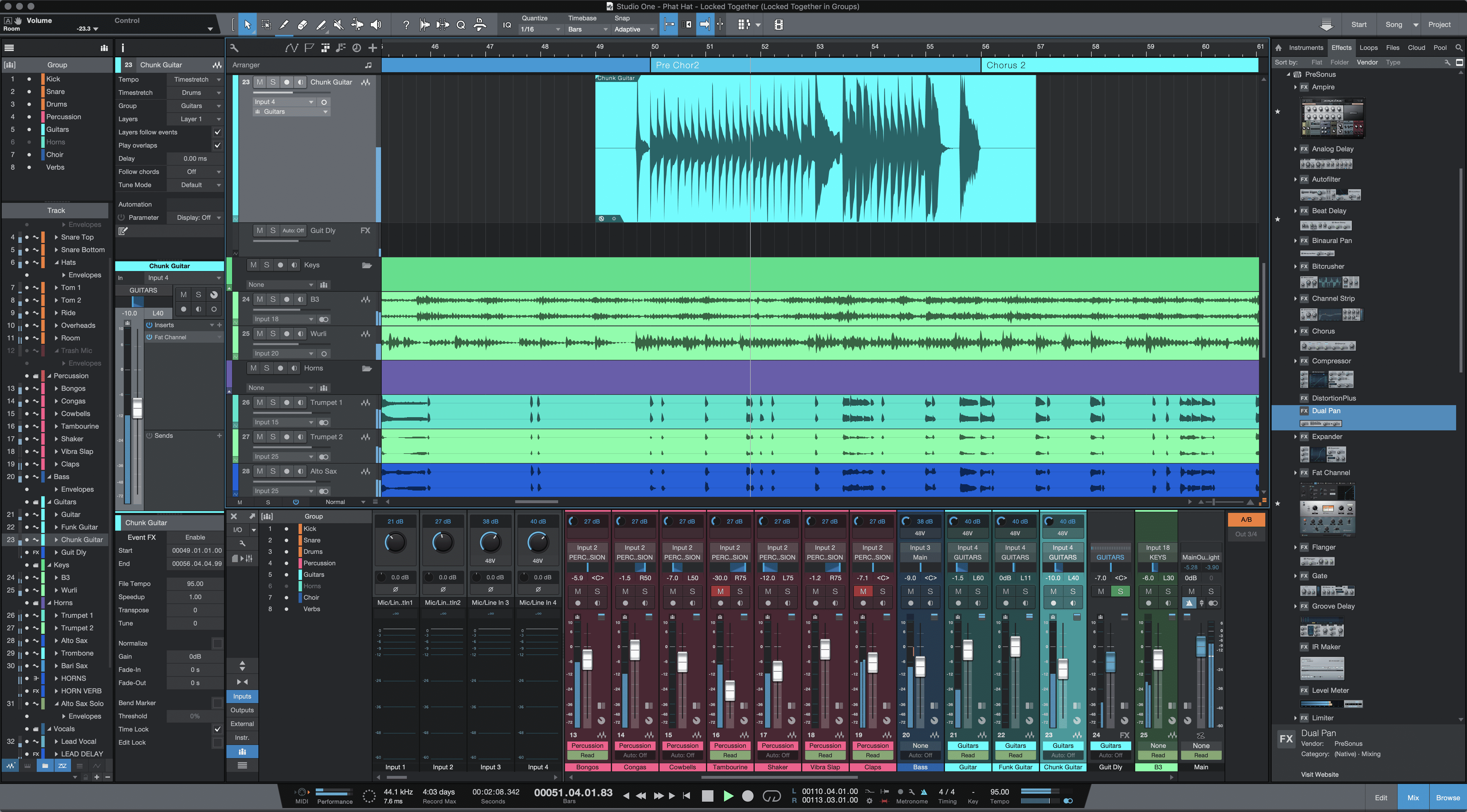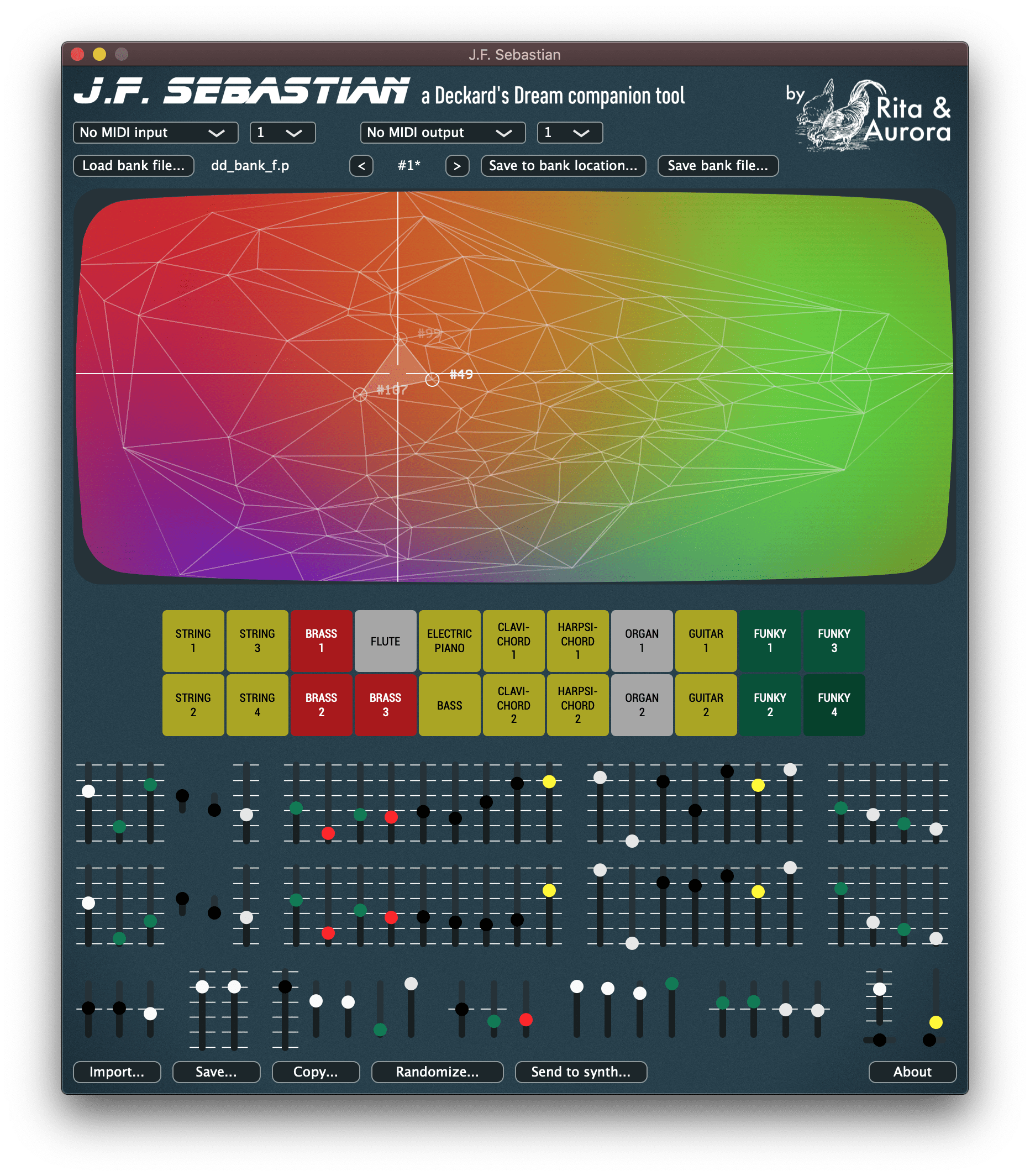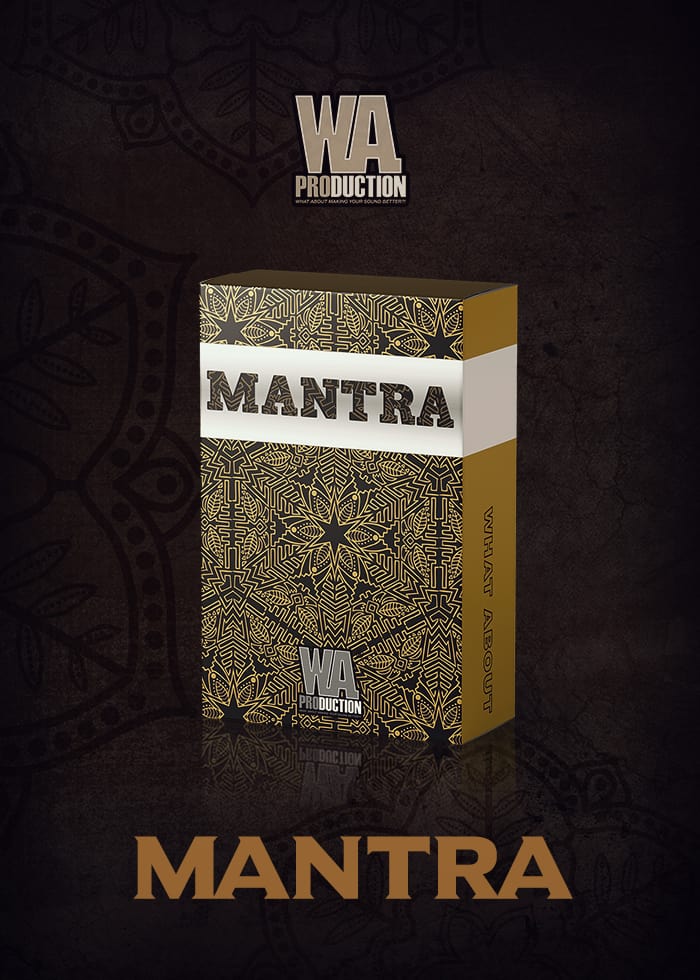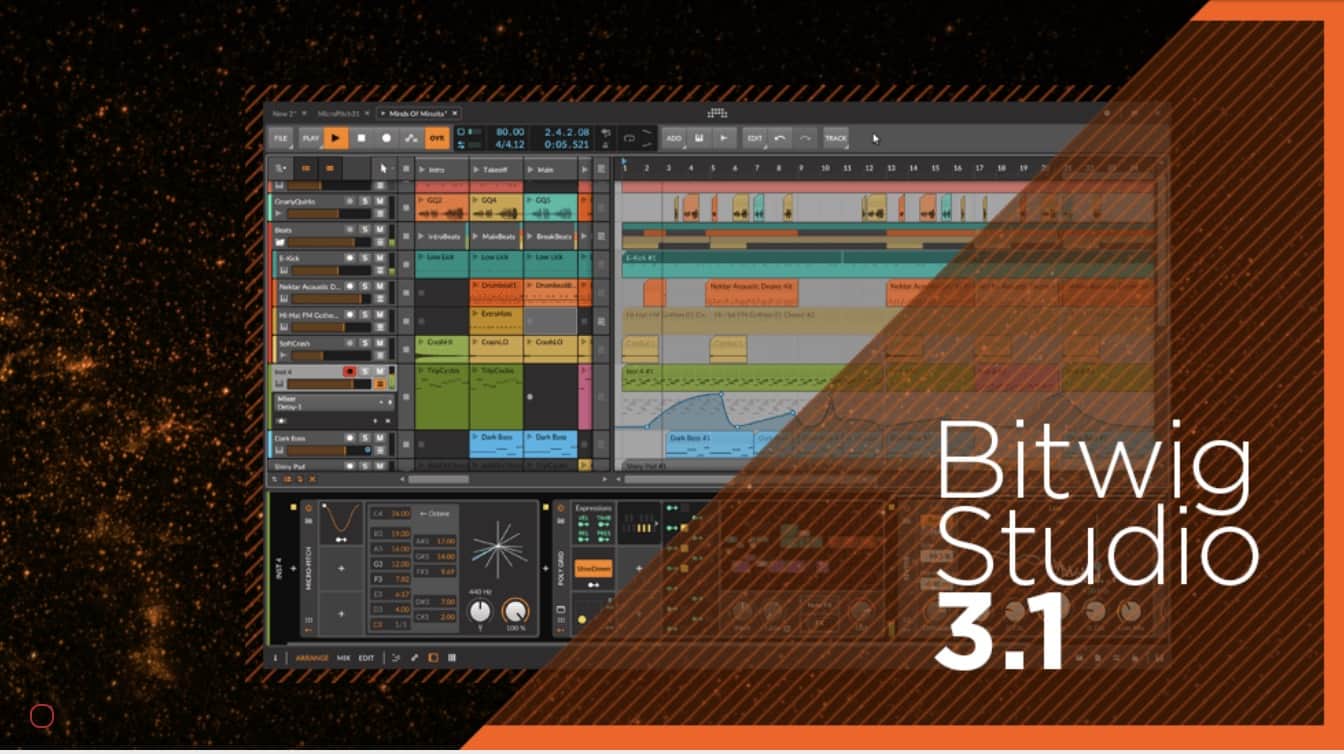PreSonus® is now shipping Studio One® 4.5, a major update to its powerful yet easy-to-use recording and production software. With more than 70 new features and improvements, this free update for Studio One 4 users adds several of the most requested features from the Studio One user community and adds advanced tools that streamline professional audio and MIDI production workflows. See also your Presonus Studio One Professional V4.1 Review
The Studio One 4.5 development team focus was simple: give users more of what they want. And thanks to the impassioned crew over at answers.presonus.com, Presonus had a robust customer-curated roadmap to work from. Over 70 new features and improvements that benefit both traditional recordists as well as contemporary nonlinear producers.
Redesigned Input Channel
The redesigned Input Channel section adds updated hardware preamp controls for selected PreSonus audio interfaces, as well as software-based input gain and phase controls to every input. This combination of hardware- and software-based gain controls offers more flexibility and control throughout the entire recording and mixing process. All audio and instrument channels, effects channels, and buses also feature gain and phase controls so you can manage perfect levels across the entire mix without increasing event gain.
Grouping redesigned
The grouping has been completely redesigned: Groups now have attributes for defining edit groups or mix groups using attributes for Volume, Pan, Mute/Solo, Inserts, and Sends. Groups can be nested and can be easily edited and activated/suspended with one click. A dedicated command can globally enable/disable all Groups at once.
Setting up an external audio interface is a lot easier thanks to several I/O setup improvements. Add any number of new inputs and outputs in just one step, including custom naming and coloring. Inputs and outputs can be reordered with simple drag-and-drop. Users who switch interfaces, move between studios, or collaborate will appreciate the new Import and Export options for I/O setups.
New Plug-In Manager
A new Plug-In Manager lists all installed third-party plug-ins, including a list of plug-ins that were blacklisted during the initial scan, allowing them to be reset individually or globally. Showing or hiding individual or groups of plug-ins only takes a few clicks.
CPU load
Honoring one of Studio One users’ top requests, CPU load for using combined virtual instruments inside a Multi-Instrument has been reduced by a whopping 70% for Native Plug-ins and by around 50% for third-party instruments like Kontakt. CPU optimization has also been implemented for Mai Tai, Presence XT, SampleOne® XT, and Impact XT.
MIDI editing
Studio One 4.5 takes MIDI editing to a new level with major new features and improvements to speed up workflow. Several powerful new note actions have been added; examples include Fill with Notes, Randomize Notes, Apply Scale and Mirror Notes. Note actions can be used manually and individually, and they can be assigned to keyboard shortcuts and used as part of a Macro command. Shortcuts or Macros can then be added to any Macro Toolbar, enabling even more powerful customization.
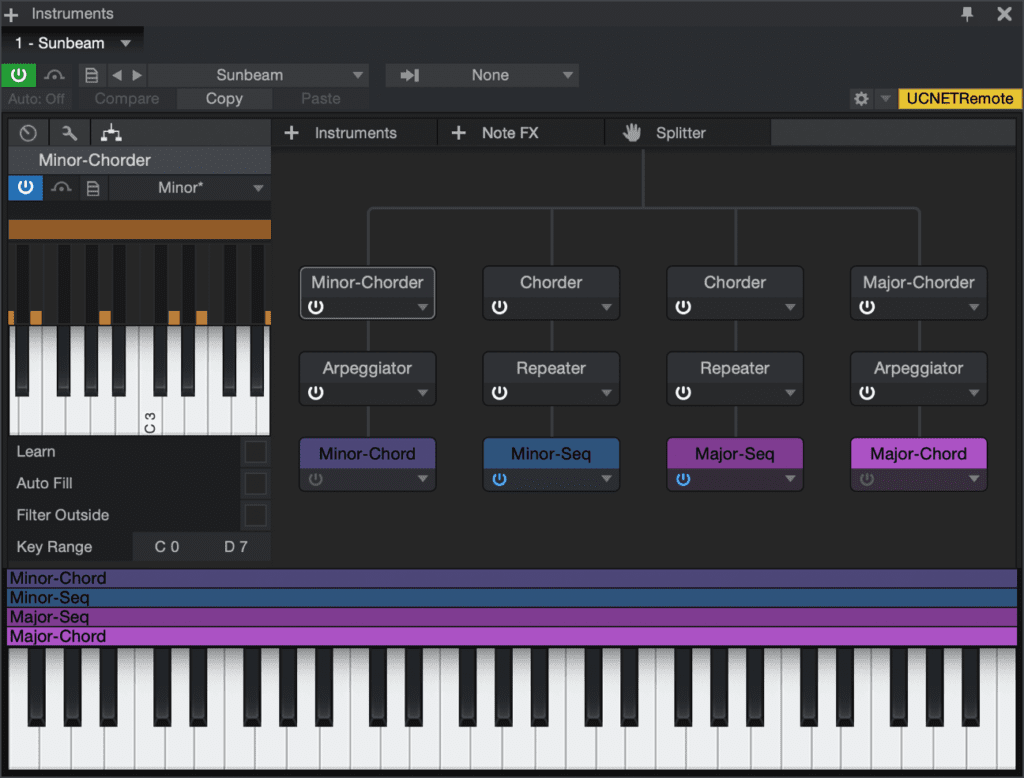
You can download the latest release as of May, 21 2019 here: Studio One 4 Professional Version: 4.5.0 build 52556
Version 4.5.0 Release Notes (May 21, 2019):
Studio One 4.5 adds the following new features and improvements.
Recording and Mixing
- Redesigned hardware controls (gain/polarity/48V) on mixer channels (for compatible
- PreSonus interfaces)
- Input Mixer: software gain/polarity controls on every input
- Software input gain/polarity controls on every channel, bus and FX channel
- Extended grouping system with attributes (Volume, Pan, Mute/Solo, Inserts/Sends)
- Groups definable as Edit- and/or Mix-Groups (with attributes)
- Commands/shortcuts to suspend any group
- Command to suspend all groups
- Support for unlimited nested groups (groups within groups)
- New Groups section in Track List and Channel List
- Optional group name display on channels with Group assign and renaming options
- Customizable Channel Components in Console
- RMS/Peak metering option per channel
- Global Pre-Fader Metering option
- Quick-assign I/O routing for multiple selected channels
- Quick-assign outputs in ascending order
- Basic and Advanced Plug-in menu styles
- Alternative (reverse) Sidechain routing
- Copy Plug-ins with Sidechain routing
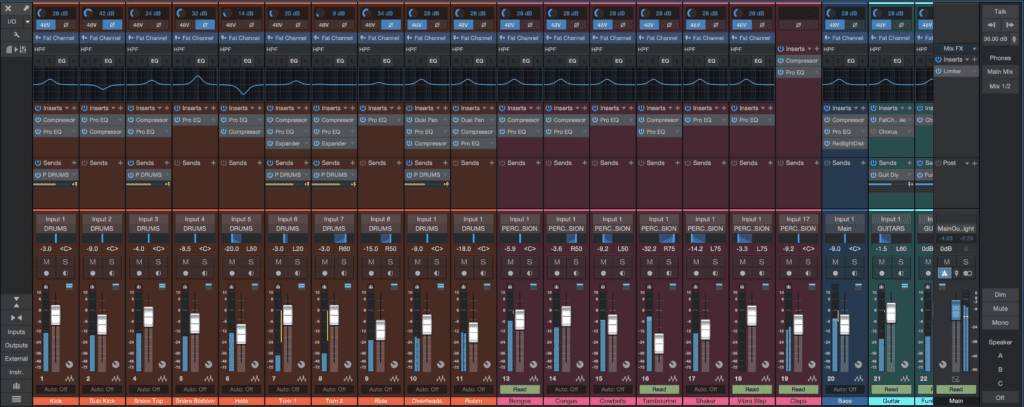
Arrangement and Editing
- Lock Events (with position and editing options)
- Lock Tracks option
- Independent Quantize/Timebase/Snap options
- Snap to Zero Crossings
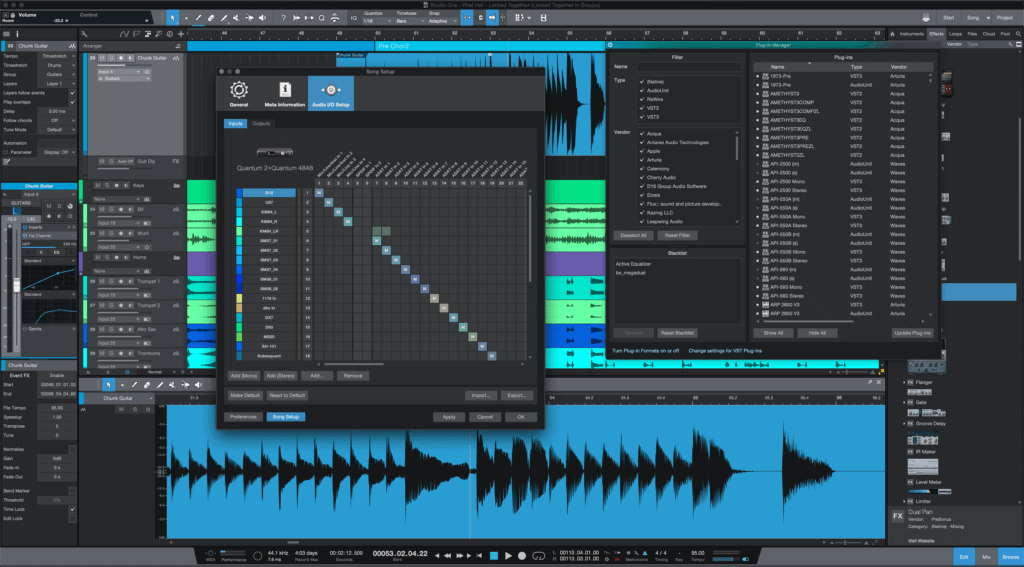
Musical (MIDI) Editing
- Chord Audition option in Chord Selector
- Chord Audition option for chord events in Chord Track
- User-assignable Chord Audition sound
- New Major/Minor Triad scales
- Re-organized Musical Actions menu
- Stretch multiple notes by dragging
- Note Action: Apply Scale
- Note Action: Distribute Notes
- Note Action: Randomize Notes
- Note Action: Quantize Notes
- Note Action: Mirror Notes
- Note Action: Repeat Notes to Part End
- Note Action: Thin out Notes
- Note Action: Fill with Notes
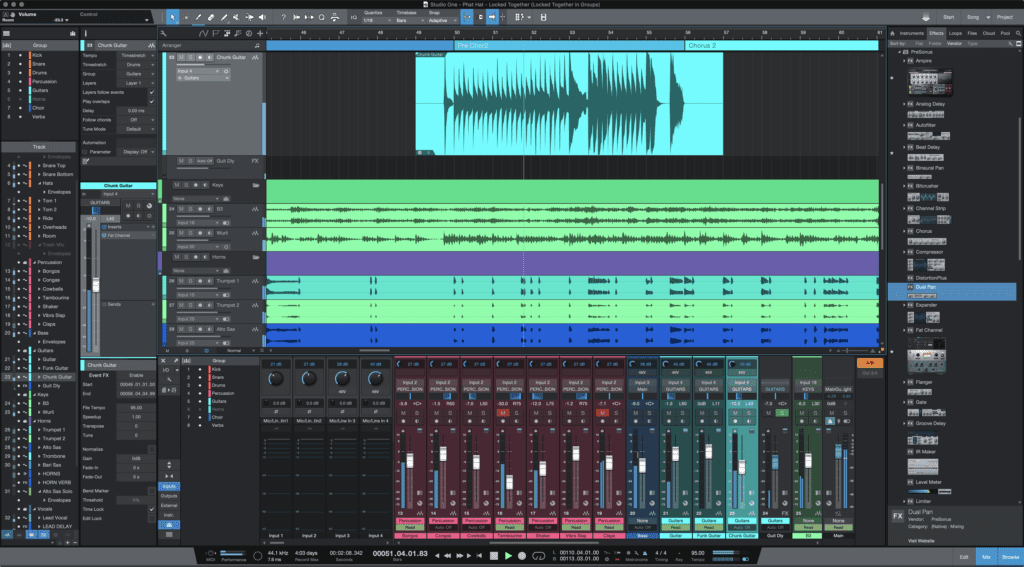
Workflow
- Independent Macro Toolbars for Arrangement, Music Editor and Audio Editor
- Macro Toolbar: custom menus
- Macro Toolbar: direct macro editing
- Macro Toolbar: Duplicate Macro command
- Macro Toolbar: “move to Group” command
- Impact XT: drag more than 16 samples or slices
- Patterns: support for Quintuplets / Septuplets resolution
- Improved swing timing for patterns with individual lanes resolution
- Stem Export: quick drag>select tracks/channels
- Stem Export: save selection when closing window
- Song Data Import retains “Disabled” track state when importing
- Fat Channel XT modules retain state when switching
- Instrument list: “disable all” option
- Instrument list: “remove unused” option
- Store Presets with a folder selection
- Assignable F13-F24 keys
- Recall any Marker with shortcut
- One-step Audioloop export (drag&drop)
User Interface
- Smooth audio waveforms (option)
- Macro Toolbar icons update
- Sample One XT / Impact XT: improved unit readouts
Performance
- Improved CPU performance with Multi Instruments
- Improved CPU performance with Mai Tai, Sample One XT, Impact XT, and Presence XT
Hardware and Installation
- I/O Setup: add multiple inputs or outputs
- I/O Setup: re-order inputs / outputs with drag & drop
- New Plug-in Manager with filters by format and vendor
- Plug-in Manager: list and reset blacklisted plug-ins individually
Import / Export
- Import / Export I/O Setups
- Video Export option with multiple codec support (platform-dependent)
- MP3 Export with variable bitrate
- AAC support (Import / Export), including ALAC (Apple Lossless)
- Mono option for Export Mixdown
Other
- [VST3] Support for program pitch names and key switch API
- [VST2] Host-specific extension to query key switches from plug-ins
Fixes / Improvements
- Text field may lose focus when a search result is displayed
- Artifacts with volume automation
- Very short MP3 files cannot be imported
- Macro toolbar presets get lost if multiple songs are closed in a certain order
- Bounce in place inserts silence when there’s an Open Air instance as EventFX
- VCA automation offset incorrectly
- Click coordinate of pen is slightly off
- Potential lockup when using “Follow Chord”
- True Peak sometimes delivers wrong values
- [MacOS] Random order in file lists generated from APFS volume
- Mod wheel assigned to Sample One eco filter behaves unexpectedly
- NoteFX remain active after rendering with Chorder
- Track Transform does not retain VCA assignment
- Track/channel colors lost on transform multi-out instruments
- Some elements need more contrast in Light Theme
- Some time-stretched events in Scratch Pad play back incorrectly
- [Windows 7] Potential crash while applying Touch+Swipe on certain plug-ins
- Typos in AudioBox 1818VSL I/O labels

